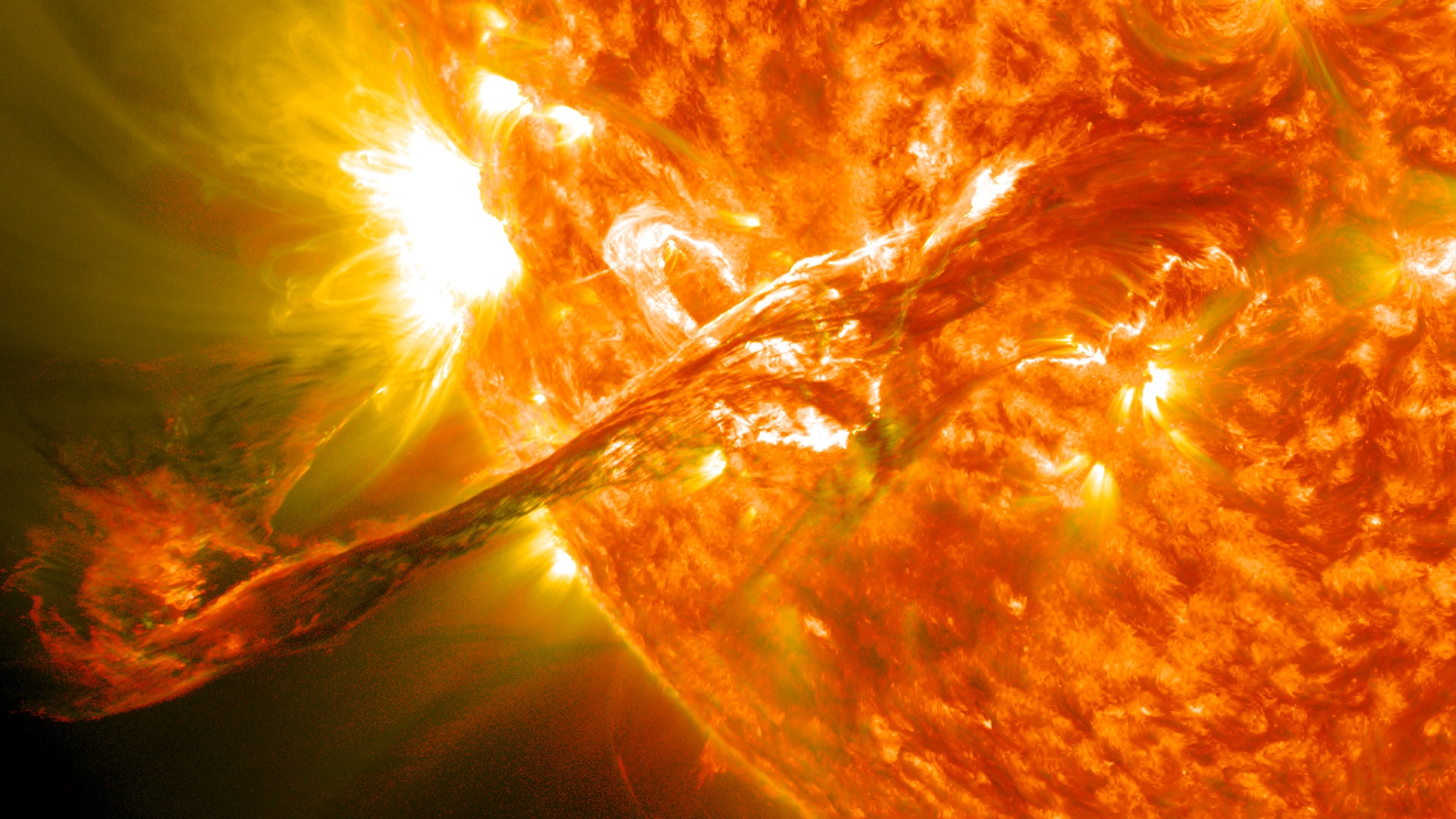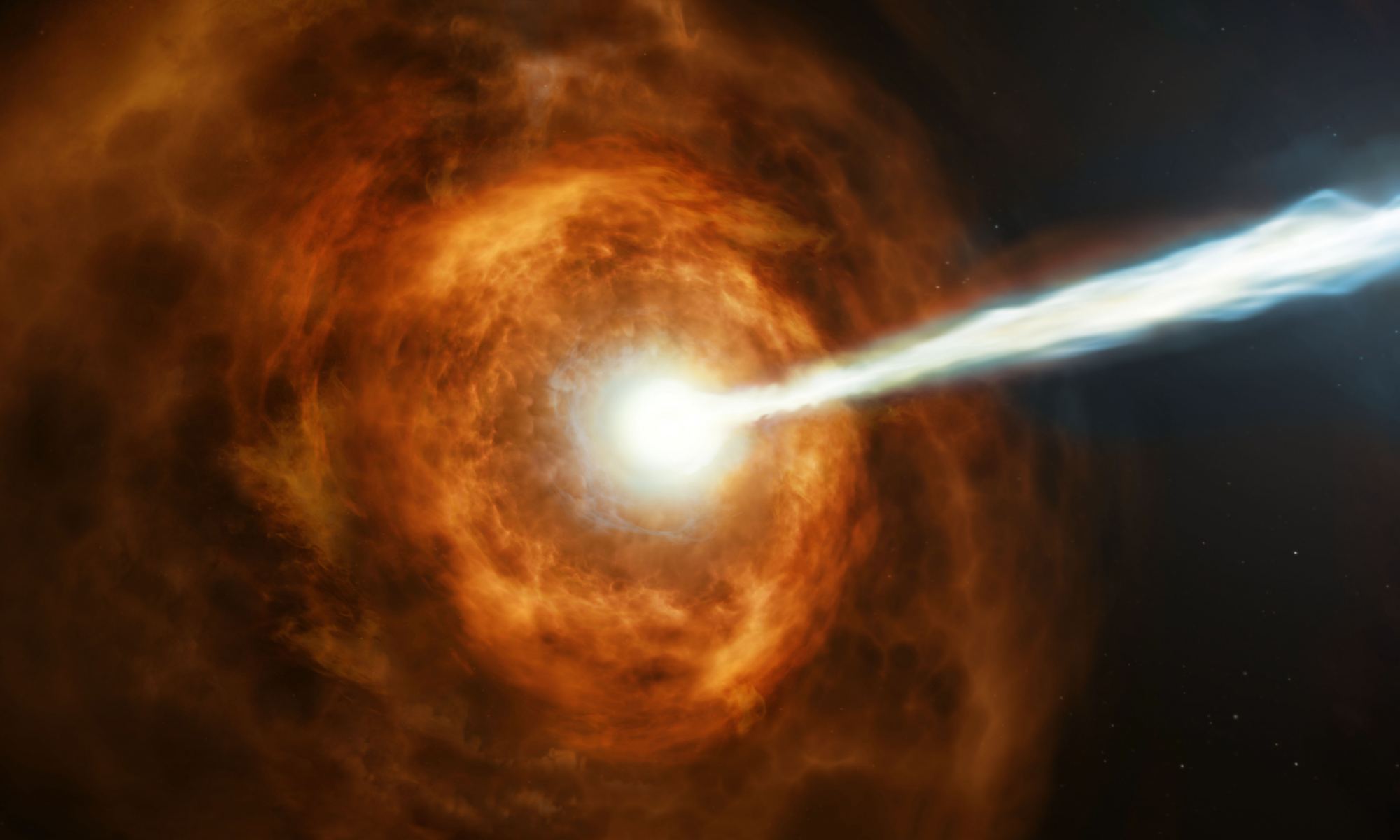The two Voyager spacecraft have been speeding through space since 1977, powered by decaying chunks of plutonium that produce less and less energy every year. With less electricity available, NASA has decided to shut down one experiment on Voyager 2, the plasma science instrument. This device measures the quantity and direction of ionized particles passing the spacecraft. While Voyager 2 still has enough electricity to support its four other operational instruments, it will likely be down to just one by the 2030s.
Continue reading “NASA Turns Off One of Voyager 2's Science Instruments”High-Resolution Images of the Sun Show How Flares Impact the Solar Atmosphere
Solar flares are a fascinating thing and have a profound effect on what astronomers refer to as “space weather.” These events vary with the Sun’s 11-year solar cycle, releasing immense amounts of radiation across the electromagnetic spectrum (from extreme ultraviolet to X-rays) into space. The effects of flares have been observed since time immemorial, which include aurorae at high latitudes (Aurora Borealis and Australis), but have only been the subject of study and prediction for about a century and a half. Still, there is much that remains unknown about these dramatic events.
For instance, flares are known to affect the Sun’s atmosphere, from the visible surface (photosphere) to its outermost layer (corona). However, there are still questions about how these events influence the lower layers of the atmosphere. In a recent study led by the University of Colorado, Boulder, a team of researchers documented the rotation of two very small sunspots of the Sun’s surface (pores) using the Daniel K. Inouye Solar Telescope (DKIST) at Mauna Kea. These pores were linked to a less powerful flare and moved in a way that has never been observed, suggesting that the dynamics of the Sun’s atmosphere are more complex than previously thought.
Continue reading “High-Resolution Images of the Sun Show How Flares Impact the Solar Atmosphere”Was Earth’s Climate Affected by Interstellar Clouds?

Scientists scour the Earth and the sky for clues to our planet’s climate history. Powerful and sustained volcanic eruptions can alter the climate for long periods of time, and the Sun’s output can shift Earth’s climate over millions of years.
But what about interstellar hydrogen clouds? Can these regions of gas and dust change Earth’s climate when the planet encounters them?
Continue reading “Was Earth’s Climate Affected by Interstellar Clouds?”Stellar Winds Coming From Other Stars Measured for the First Time

An international research team led by the University of Vienna has made a major breakthrough. In a study recently published in Nature Astronomy, they describe how they conducted the first direct measurements of stellar wind in three Sun-like star systems. Using X-ray emission data obtained by the ESA’s X-ray Multi-Mirror-Newton (XMM-Newton) of these stars’ “astrospheres,” they measured the mass loss rate of these stars via stellar winds. The study of how stars and planets co-evolve could assist in the search for life while also helping astronomers predict the future evolution of our Solar System.
Continue reading “Stellar Winds Coming From Other Stars Measured for the First Time”Want to Leave the Solar System? Here’s a Route to Take
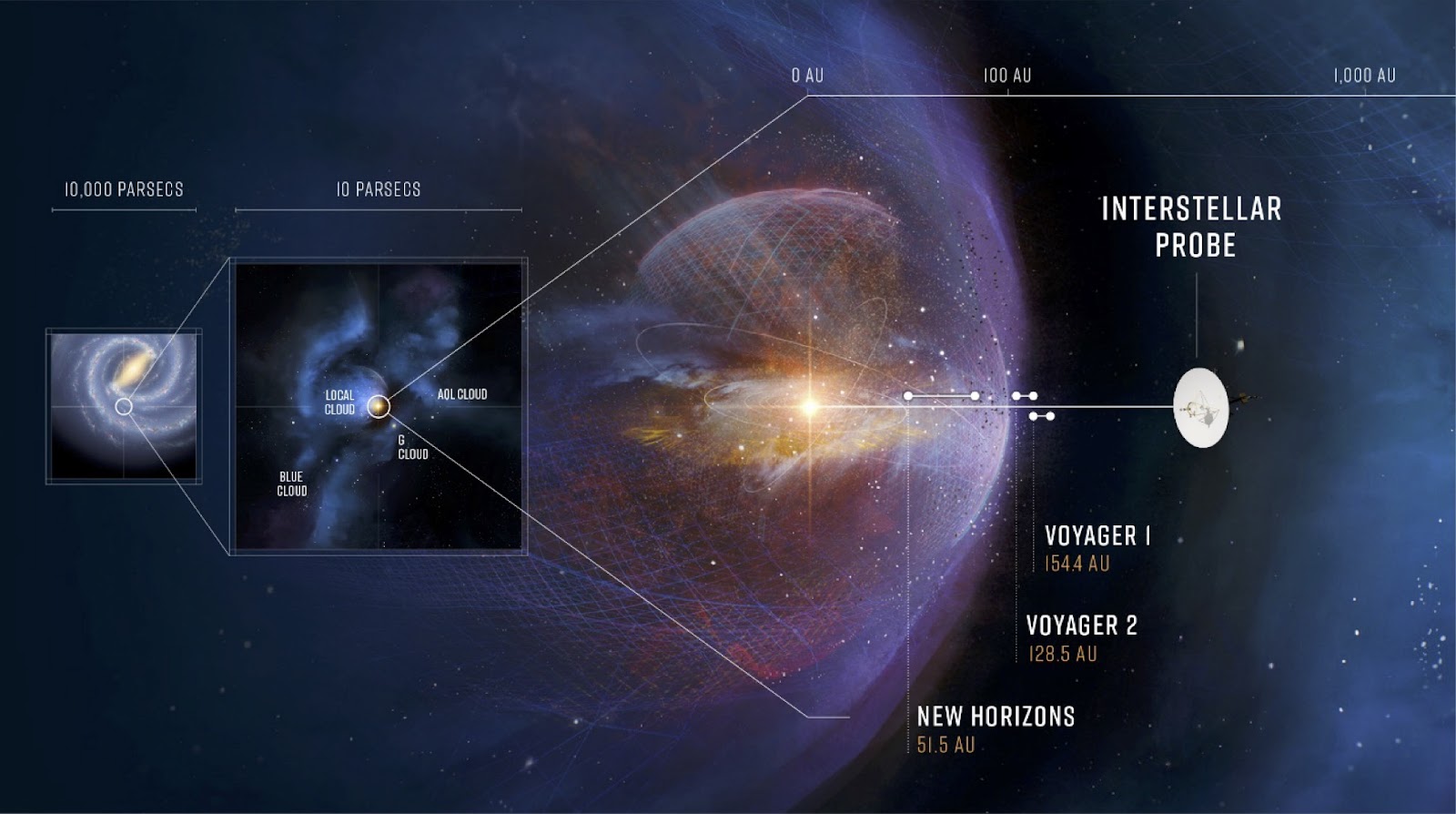
The edge of the Solar System is defined by the heliosphere and its heliopause. The heliopause marks the region where the interstellar medium stops the outgoing solar wind. But only two spacecraft, Voyager 1 and Voyager 2, have ever travelled to the heliopause. As a result, scientists are uncertain about the heliopause’s extent and its other properties.
Some scientists are keen to learn more about this region and are developing a mission concept to explore it.
Continue reading “Want to Leave the Solar System? Here’s a Route to Take”A 2022 Gamma Ray Burst Was So Powerful, it was Detected by Spacecraft Across the Solar System
On October 9, 2022, a gamma-ray burst illuminated the solar system. Its light had traveled 2.4 billion years to reach us, having begun its journey when only bacteria and archaea existed on the Earth and oxygen was not yet plentiful in our air. Despite its long journey, the flash of light was tremendously bright.
Continue reading “A 2022 Gamma Ray Burst Was So Powerful, it was Detected by Spacecraft Across the Solar System”NASA Restores a Spacecraft by Turning it Off and Then On Again
When faced with a potentially mission-ending problem with NASA’s 15-year-old Interstellar Boundary Explorer (IBEX) spacecraft, engineers performed a time-honored procedure to fix it: they turned it off and then turned it back on again.
Success! IBEX is now fully operational again.
Actually, they told the spacecraft to turn itself off and IBEX – which unlike the famous HAL in “2001: A Space Odyssey,”– obeyed the command and then turned itself back on again.
Continue reading “NASA Restores a Spacecraft by Turning it Off and Then On Again”This is What the Solar System Really Looks Like
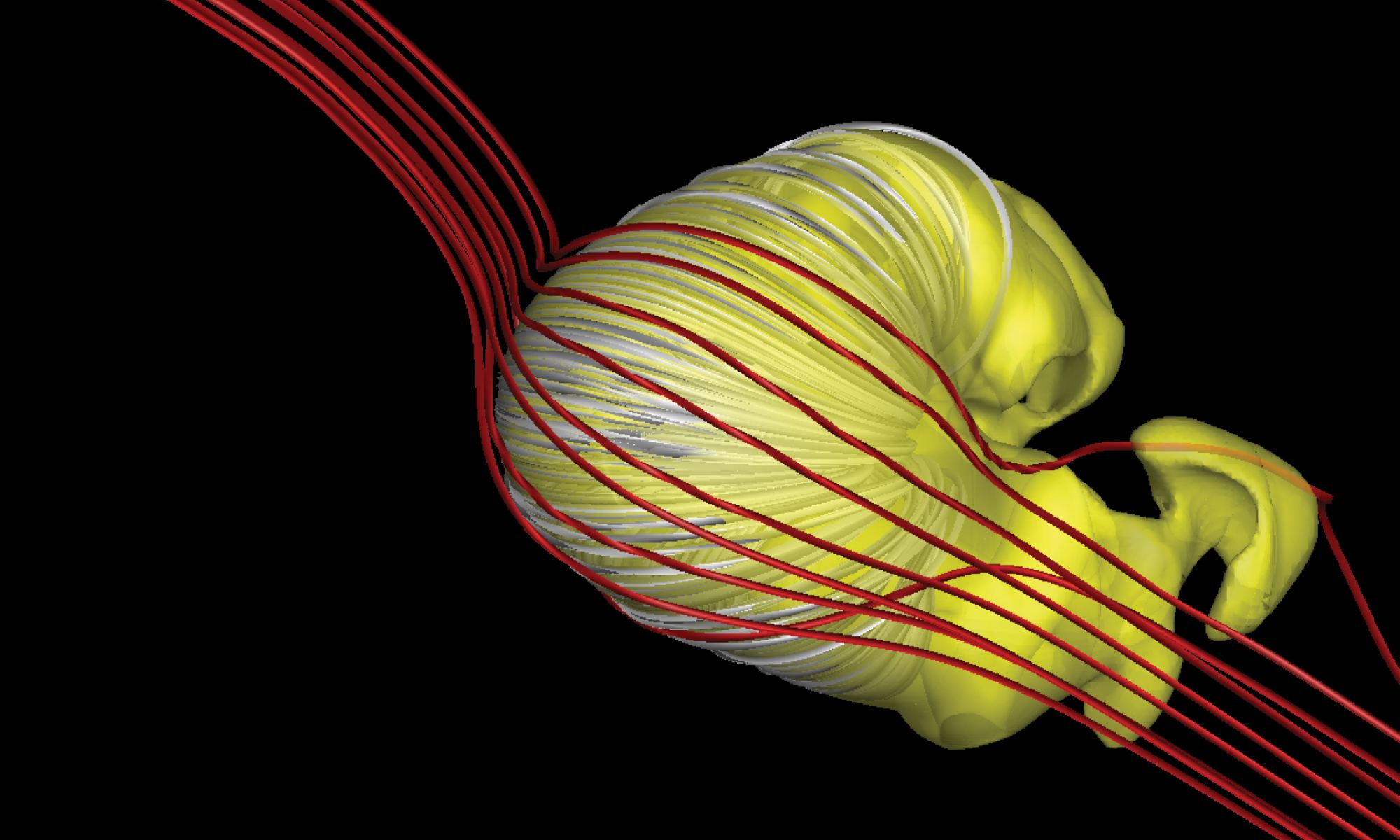
At first glance, it looks like something from an alien autopsy. A strange organ cut from a xenomorph’s thorax, under the flickering lights of an operating room in a top secret government facility, with venous tendrils dangling down to the floor, dripping viscous slime. (X-Com anyone?)
But no, it’s just our Solar System.
Continue reading “This is What the Solar System Really Looks Like”The heliosphere looks a lot weirder than we originally thought
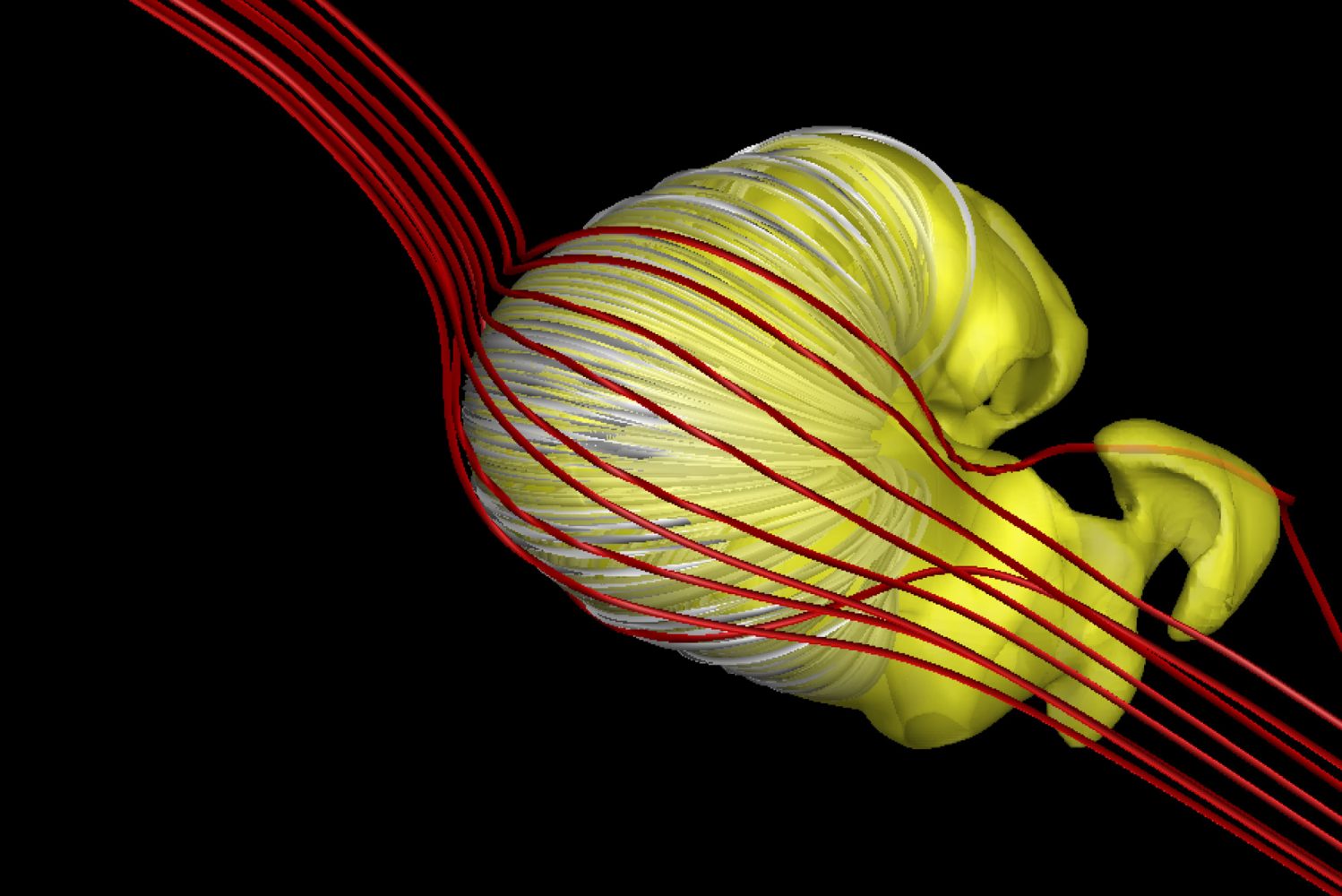
Every second of every day, our sun spits out a stream of tiny high-energy particles, known as the solar wind. This wind blows throughout the solar system, extending far beyond the orbits of the planets and out into interstellar space.
But the farther from the sun the wind gets, the more slowly it streams, changing from the raging torrent that the inner planets experience (strong enough to cause the aurora) into nothing more than an annoying drizzle. And far enough away – about twice the orbit of Neptune – it meets and mingles with all the random bits of energetic junk just floating around amongst the stars.
Continue reading “The heliosphere looks a lot weirder than we originally thought”What Voyager 2 Learned After Spending a Year in Interstellar Space

Only two of humanity’s spacecraft have left the Solar System: NASA’s Voyager 1 and Voyager 2. Voyager 1 left the heliosphere behind in 2012, while Voyager 2 did the same on Nov. 5th, 2018. Now Voyager 2 has been in interstellar space for one year, and five new papers are presenting the scientific results from that one year.
Continue reading “What Voyager 2 Learned After Spending a Year in Interstellar Space”

